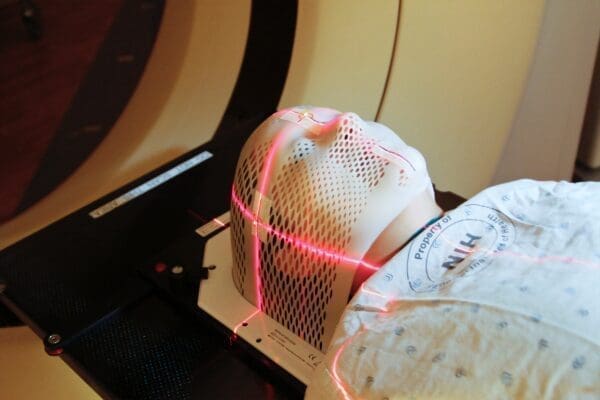The Future of Radiation Therapy: New Techniques and Technologies on the Horizon

Cancer treatment has come a long way, with radiation therapy crucial in fighting this deadly disease. However, the future of radiation therapy promises to be even more exciting, with new techniques and technologies that could revolutionize how one treats cancer. The possibilities are endless, from advanced imaging that allows for more precise targeting to personalized adaptive radiation therapy and the combination of immunotherapy and radiation therapy. The article will explore cutting-edge developments in cancer treatment and their implications for the future of cancer treatment.
Advanced Imaging: Better Visualization of Tumors
One of the most significant developments in radiation therapy is using advanced imaging techniques to visualize tumors in greater detail. By using techniques such as PET-CT and MRI, radiation oncologists can better see the size and shape of tumors and how they respond to treatment.
This improved visualization allows for more precise and targeted treatment, reducing the risk of damaging healthy tissue and minimizing side effects. Additionally, advanced imaging can help radiation oncologists track treatment progress and adjust their approach as needed. For more information about these advancements and other radiation therapy treatments, you can visit a reliable site such as Targeting Cancer website.
Adaptive Radiation Therapy: Personalised Treatment for Each Patient
Another exciting development in radiation therapy is adaptive radiation therapy (ART). ART involves adjusting the radiation dose and delivery based on the patient’s unique response to treatment.
By monitoring the patient’s response in real-time, radiation oncologists can adjust the treatment plan to optimize the therapeutic effect while minimizing the risk of side effects. This personalized approach can result in better outcomes and a higher quality of life for patients.
Proton Therapy: Targeting Tumours with Precision
Unlike traditional radiation therapy, which uses X-rays, proton therapy delivers radiation directly to the tumor, minimizing the dose to surrounding healthy tissue.
This precision targeting allows higher doses of radiation to be delivered to the tumor while minimizing the risk of damaging nearby organs and tissues. Additionally, proton therapy may be more effective in treating certain types of cancer, such as those located in sensitive body areas.
Stereotactic Radiation Therapy: Delivering High Doses of Radiation in Fewer Sessions
Stereotactic radiation therapy (SRT) is a specialized technique that administers high doses of radiation to small and precisely defined tumors in fewer treatment sessions than conventional radiation therapy. SRT uses advanced imaging to precisely target the tumor and deliver a highly focused radiation dose.
This approach can be especially beneficial for patients with smaller tumors and those who cannot tolerate longer courses of radiation therapy. Additionally, SRT may be used to treat tumors in areas that are difficult to access with traditional radiation therapy.
Immunotherapy and Radiation Therapy: A Powerful Combination
Immunotherapy is a type of cancer treatment that utilizes the immune system to combat cancer. Recently, researchers have been exploring the combination of immunotherapy and radiation therapy as a potentially powerful approach to cancer treatment.
By combining radiation therapy with the immune system, cancer cells can be effectively attacked. This method has been successful in treating specific cancers, including melanoma and lung cancer.
Hyperthermia Therapy: Adding Heat to Enhance Radiation Therapy
Hyperthermia therapy is an emerging treatment that involves heating the cancerous tissue to a temperature that enhances the effects of radiation therapy. By raising the temperature of the cancerous tissue to between 40-45°C, hyperthermia therapy can increase the sensitivity of cancer cells to radiation therapy.
Adding heat to radiation therapy has several benefits, including increased blood flow to the treatment area, which can improve the delivery of chemotherapy drugs, as well as increased oxygenation, which can increase the effectiveness of radiation therapy. Hyperthermia therapy can also make radiation therapy more effective against certain types of cancer, such as cervical and breast cancer.
In conclusion, the future of radiation therapy is bright, with advancements in technology and techniques promising to improve outcomes and life quality for cancer patients. From advanced imaging and adaptive radiation therapy to proton therapy and stereotactic radiation therapy, a range of new approaches are transforming the field. Furthermore, combining immunotherapy and radiation therapy opens up new possibilities for treating cancer.
Similar Posts:
- None Found









